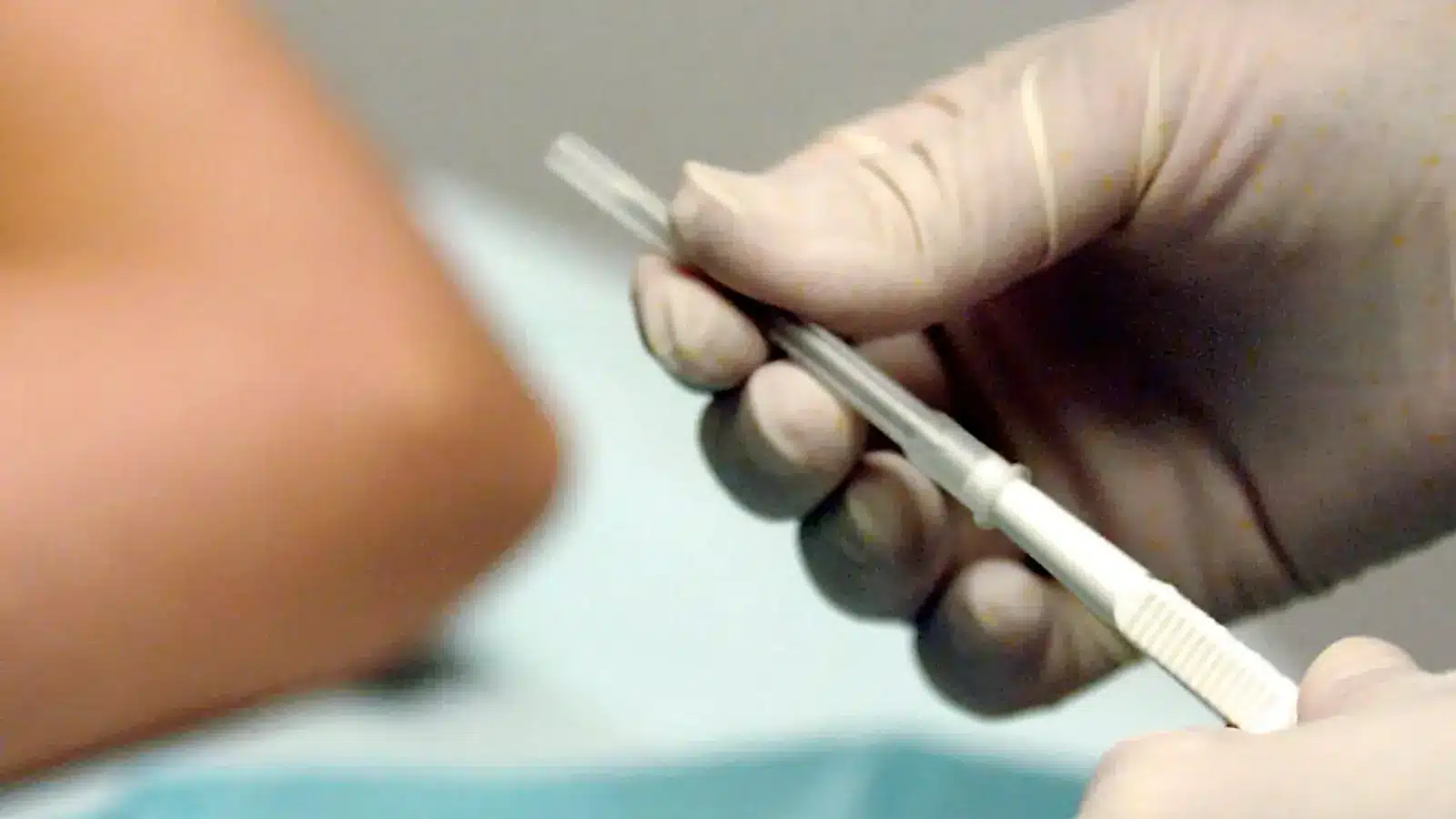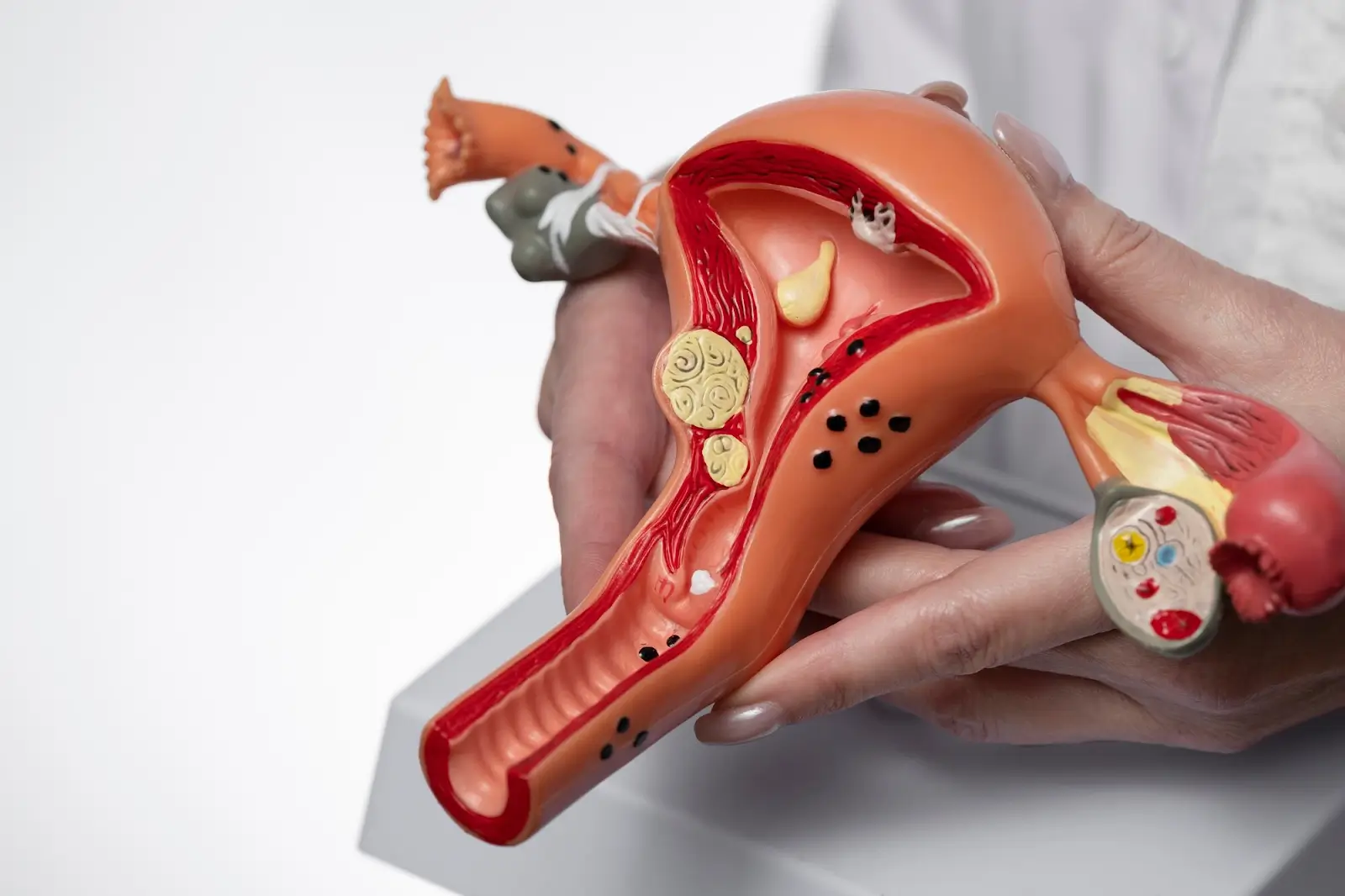
When Does Nexplanon Start Working? – Timing and Effectiveness
Nexplanon
2025-02-24
Discover the timing and effectiveness of Nexplanon. Understand how quickly this birth control implant begins to work, factors that influence its effectiveness, and what users need to know for optimal contraceptive protection.
Joanna Carr
Unintended pregnancies remain a global concern, with an estimated 121 million occurring each year despite the widespread availability of contraceptives. Long-acting reversible contraceptives (LARCs), such as implants, are among the most effective methods for preventing pregnancy due to their reliability and minimal user maintenance. One of the most popular LARCs is Nexplanon, a small, hormone-releasing implant that provides up to three years of continuous protection.
While Nexplanon is highly effective, many individuals wonder how soon it starts working after insertion. The timing of its effectiveness depends on when it is placed within the menstrual cycle, as well as other factors such as recent contraceptive use.
In this article, we will examine when Nexplanon starts working, what factors can influence its onset, and what users should keep in mind after insertion to ensure maximum contraceptive protection.
Key Takeaways
- Nexplanon starts working right away if inserted within the first five days of a menstrual cycle. If placed later, backup contraception is needed for seven days.
- The implant releases etonogestrel, which prevents pregnancy by inhibiting ovulation, thickening cervical mucus, and altering the uterine lining.
- Certain medications, such as some antibiotics, antiepileptic drugs, and herbal supplements, may reduce Nexplanon’s effectiveness.
- Body mass index (BMI) and hormone metabolism may slightly affect Nexplanon’s function, but it remains over 99% effective for most users.
- Healthcare providers should guide patients on insertion timing, medication interactions, and personalized contraceptive advice to ensure optimal use.
- Users should be informed about potential side effects like irregular bleeding and the importance of following backup contraception guidelines when necessary.
About: Doctor Medica is your trusted supplier of top-quality dermal fillers, viscosupplements, and more for your medical practice. We offer genuine products from leading brands at the lowest prices. If you’re interested in ordering Nexplanon online for your practice, our sales agents at Doctor Medica can help.
Insertion Timing and Contraceptive Onset

The timing of Nexplanon insertion determines how quickly it begins preventing pregnancy. Here’s what to expect based on different insertion timelines:
- First Five Days of Menstrual Cycle: If inserted within the first five days of a period, Nexplanon starts working immediately, providing instant protection against pregnancy.
- Beyond the First Five Days: If inserted at any other time during the cycle, an additional form of contraception (such as condoms) is recommended for seven days to ensure protection.
In cases where a user is switching from another hormonal contraceptive, the transition period may affect when Nexplanon starts working. Consulting a healthcare provider ensures optimal timing and seamless contraceptive coverage.
Mechanism of Action

Nexplanon prevents pregnancy through multiple mechanisms that work together to stop ovulation, block sperm movement, and alter the uterine lining.
- Ovulation Inhibition: The implant releases etonogestrel, a progestin hormone that prevents the ovaries from releasing eggs.
- Cervical Mucus Modification: It thickens cervical mucus, making it difficult for sperm to reach the egg.
- Endometrial Alteration: It thins the uterine lining, reducing the likelihood of implantation.
These mechanisms ensure high contraceptive efficacy regardless of menstrual cycle variations.
Factors Influencing Onset of Effectiveness
Although Nexplanon is over 99% effective, certain factors can impact how quickly it starts working or its overall effectiveness.
Concurrent Medications
Some medications can reduce Nexplanon’s effectiveness by speeding up hormone metabolism. These include:
- Certain antibiotics (e.g., rifampin)
- Antiepileptic drugs (e.g., carbamazepine, phenytoin)
- HIV medications
- Herbal supplements like St. John’s Wort
Users taking these medications should consult a healthcare provider to discuss additional contraceptive precautions.
Metabolic Variations
Individual differences in hormone processing may affect how long Nexplanon takes to become fully effective. While rare, some users may experience slightly delayed hormone absorption, requiring extra caution in the first week after insertion.
Body Mass Index (BMI)
Although Nexplanon is effective across different body weights, studies suggest that higher BMI may impact hormone levels over time. However, initial contraceptive protection remains consistent, making it a reliable choice for most users.
Best Practices for Healthcare Providers
A clear understanding of how Nexplanon works is essential for patients before insertion. Healthcare providers should explain when the implant begins providing protection and the need for backup contraception if inserted beyond the first five days of the menstrual cycle. Additionally, discussing potential side effects, such as irregular bleeding and hormonal adjustments, helps set realistic expectations.
Beyond timing and expectations, medication interactions can impact Nexplanon’s reliability. Some medications—including certain antibiotics, epilepsy drugs, and herbal supplements like St. John’s Wort—may reduce the implant’s effectiveness. To minimize risks, providers should thoroughly review a patient’s current prescriptions and, if necessary, recommend additional protection or an alternative contraceptive method.
Patients can also refer to Nexplanon reviews to learn how others manage medication interactions.
Each patient has unique health factors that can influence Nexplanon’s performance. BMI, metabolic rate, and past contraceptive use should all be considered to ensure the best possible results. While the implant remains highly effective across different body types, an individualized approach allows for tailored recommendations. This helps minimize side effects and reduces the chances of unexpected failures due to metabolic differences.
Conclusion
Nexplanon provides immediate protection if inserted within the first five days of the menstrual cycle; otherwise, backup contraception is needed for seven days. While its multi-faceted mechanism ensures high effectiveness, factors such as medications, metabolic differences, and BMI can influence its performance. Consulting a healthcare provider helps ensure proper insertion timing and personalized contraceptive guidance.
FAQs
1. How soon does Nexplanon start working after insertion?
If Nexplanon is inserted within the first five days of a menstrual cycle, it starts working immediately. If inserted at any other time, one should use a backup contraception method for the first seven days to ensure full protection.
2. What happens if I take medications that affect Nexplanon’s effectiveness?
Certain medications can reduce Nexplanon’s effectiveness. It is important to discuss with a healthcare provider if one is taking any medications that might affect it.
3. Does Nexplanon work immediately after replacement?
If a new Nexplanon implant is inserted on the same day that the old one is removed, there is no gap in protection. However, if there’s a delay, one should use backup contraception for seven days.
References
Nearly half of all pregnancies are unintended—a global crisis, says new UNFPA report. United Nations Population Fund. https://www.unfpa.org/press/nearly-half-all-pregnancies-are-unintended-global-crisis-says-new-unfpa-report
Pearson S, Boerma CJ, McNamee K, Bateson D. Long-acting reversible contraceptives: New evidence to support clinical practice. Published April 2022. https://www1.racgp.org.au/ajgp/2022/april/long-acting-reversible-contraceptives
Long-Acting Reversible Contraception Implants and Intrauterine Devices. ACOG. Published 2017. Accessed February 26, 2025. https://www.acog.org/clinical/clinical-guidance/practice-bulletin/articles/2017/11/long-acting-reversible-contraception-implants-and-intrauterine-devices
Related Articles
Joanna Carr
Juvederm For Acne Scars Correction: Treatment & Benefits
Interested to learn more about Treatment & Benefits Of Juvederm For Acne Scars Correction? Browse Doctor Medica's comprehensive listing of blog posts.
Joanna Carr
How To Combat Against Knee Arthritis And Joint Pain
Have an interest in learning about How To Protect Against Knee Arthritis And Joint Pain? Browse Doctor Medica's extensive archive of blog postings.
Joanna Carr
VOM Filler Line – A Comprehensive Description
Explore the VOM Filler line—discover its unique formulations, applications, and benefits for achieving natural-looking volume and skin rejuvenation.


